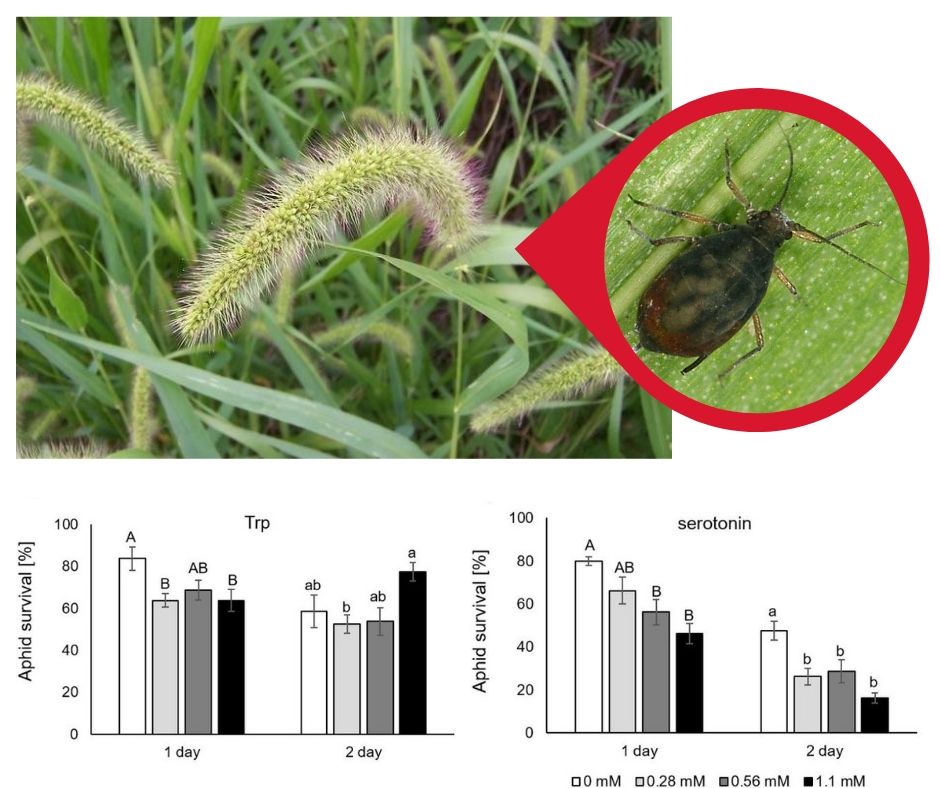
Characterizing the serotonin biosynthesis pathway upon aphid infestation in Setaria viridis leaves (bioRxiv)
Plant Science Research WeeklyIn response to biotic stresses, plants produce chemical defenses to reduce damage. Adaptations to insect infestation involve synthesis of Trp-derived metabolites, leading to metabolome alterations. Here, Dangol et al. analyzed the transcriptomic and metabolomic effects after herbivore feeding in Setaria…
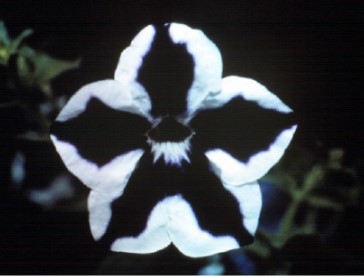
Reflections on Classics: Plant Cell‘s 30th anniversary
Plant Science Research Weekly“The 1980s were an exciting and revolutionary time for biology, and plant molecular biology in particular,” begins an editorial by Bob Goldberg, Brian Larkins, and Ralph Quatrano, the three Founding Editors of The Plant Cell. They describe why the American Society of Plant Physiologists (ASPP; later,…
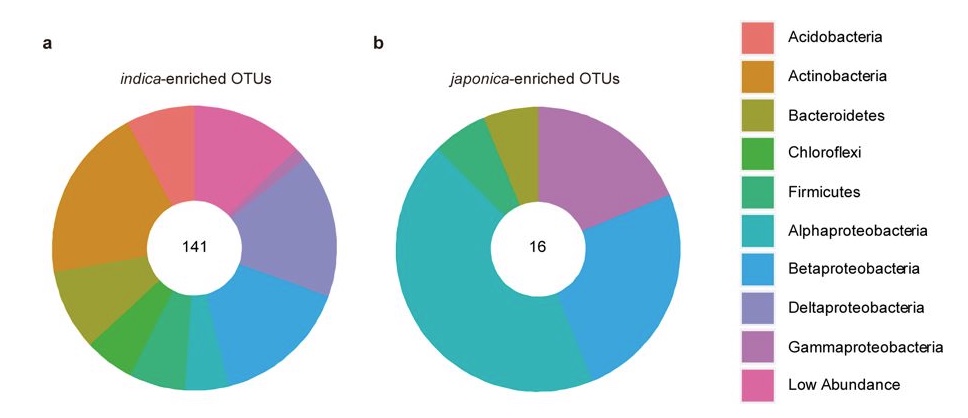
NRT1.1B is associated with root microbiota composition and nitrogen use in rice ($) (Nature Biotechnol)
Plant Science Research WeeklyAvailability of nitrogen has always been a limiting factor for rice production. Different soil inhabitants and root-associated bacterial populations are involved in making nitrogen available to plants in organic as well as in inorganic forms. However, plant absorption of nitrogen is selective and affects…

Linking CRISPR-Cas9 interference in cassava to the evolution of editing-resistant geminiviruses (Genome Biol)
Plant Science Research WeeklyCRISPR/Cas9 is a promising gene editing tool that has already been successfully used to modify many plant genes. In these applications, the gene editing machinery is transiently employed to make a stable genomic change which is then passed on to the progeny. A different application is to use CRISPR/Cas9…
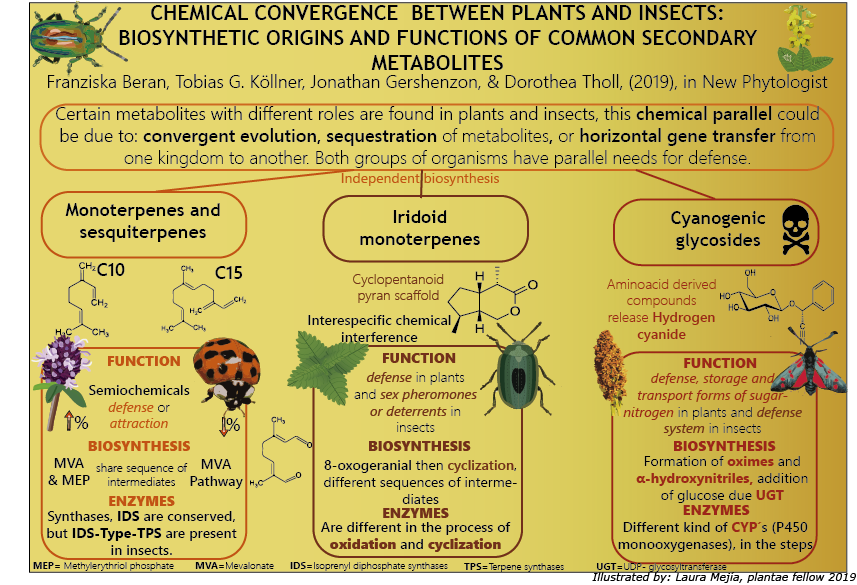
Review. Chemical convergence between plants and insects: biosynthetic origins and functions of common secondary metabolites (New Phytol)
Plant Science Research Weekly
Plants and insects aren't closely related, but they have a plethora of similar chemical weapons used for their interactions (defense, attraction, etc.). Beran et al. describe the function and biosynthesis of secondary metabolites that are shared in both insects and plants.
The monoterpenes and…
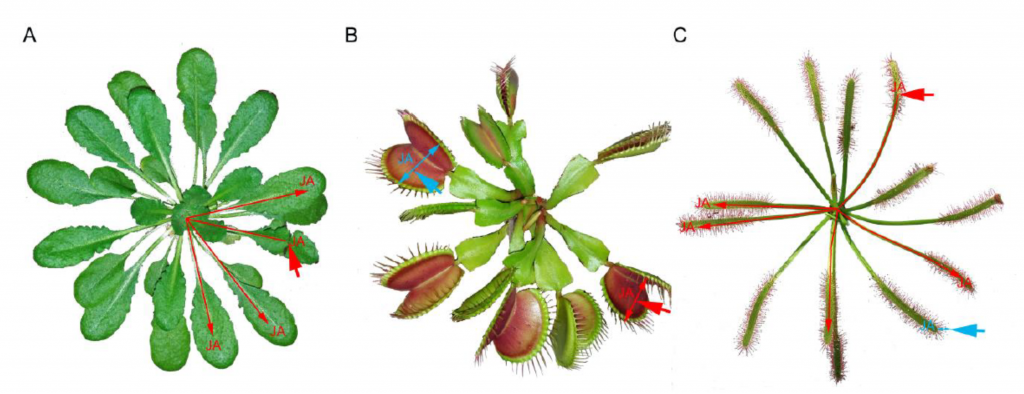
Review: Jasmonate signalling in carnivorous plants: Copycat of plant defence mechanisms (J Exp Bot)
Plant Science Research WeeklyCarnivorous plants are one of the easiest ways to demonstrate to children that “plants are cool too”. In their new review, Pavlovič and Mithöfer show that carnivorous plants can also be a gateway to introduce the subject of how plants defend themselves against herbivory, by drawing links between…
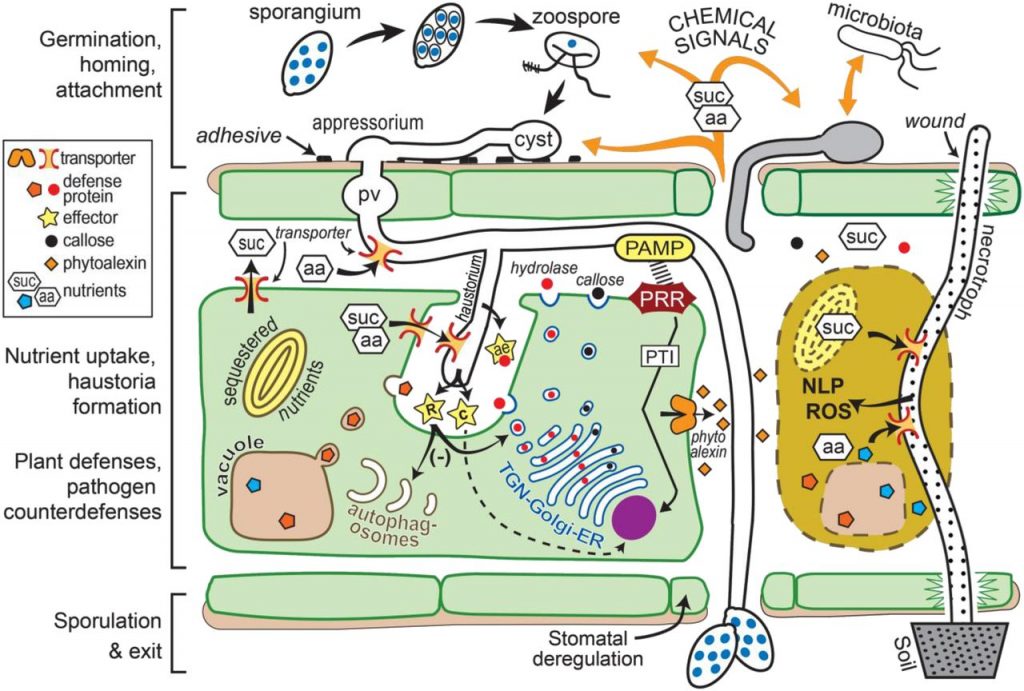
Review: Exchanges at the plant-oomycete interface that influence disease (Plant Physiol)
Plant Science Research WeeklyThis is a great review by Judelson and Ah-Fong on the diverse signals that occur between plants and their oomycete pathogens. The authors start by describing the life- and infectivity-cycles of disease-causing oomycetes, including the familiar plant pathogens, "aggressive" Pythium and "stealthy" Phytophthora.…
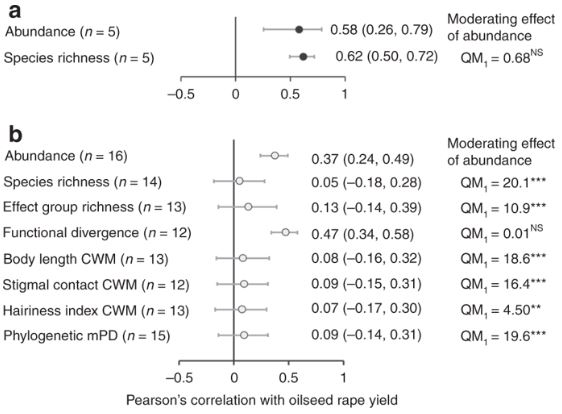
Pollinator functional diversity and abundance enhance crop pollination and yield (Nature Comms)
Plant Science Research WeeklyInsects provide a valuable service to the agricultural industry through pollination, which increases both the quality and harvest volume for many important food crops, however little is known regarding the role of insect functional trait differences in promoting crop pollination. Woodcock et al. tested…
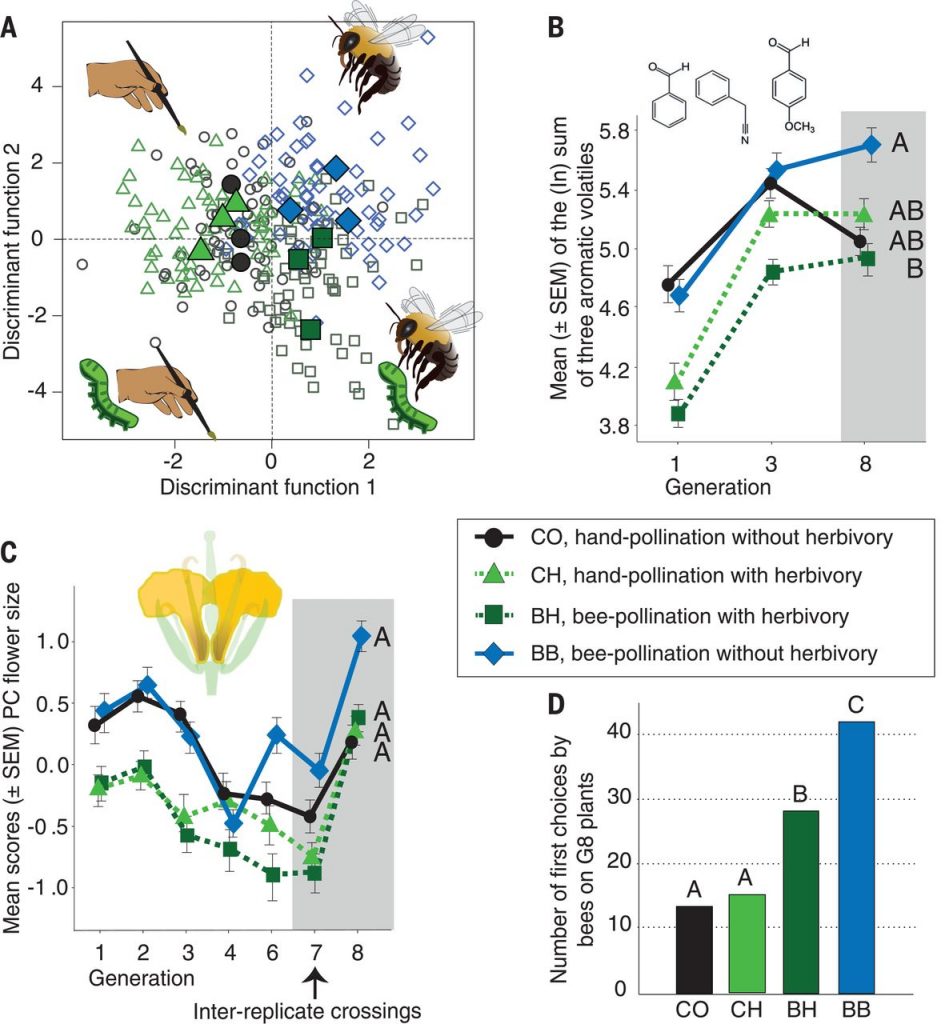
Pollinators and herbivores boost the evolution of floral traits ($) Science
Plant Science Research WeeklyThe characteristics of flowers, including morphology, color, nectar and fragrance, are closely related to their pollination methods. To attract pollinators, plants often produce large, colorful, or fragrant flowers. Increasing evidence has indicated that herbivorous feeding activity also affects flower…

